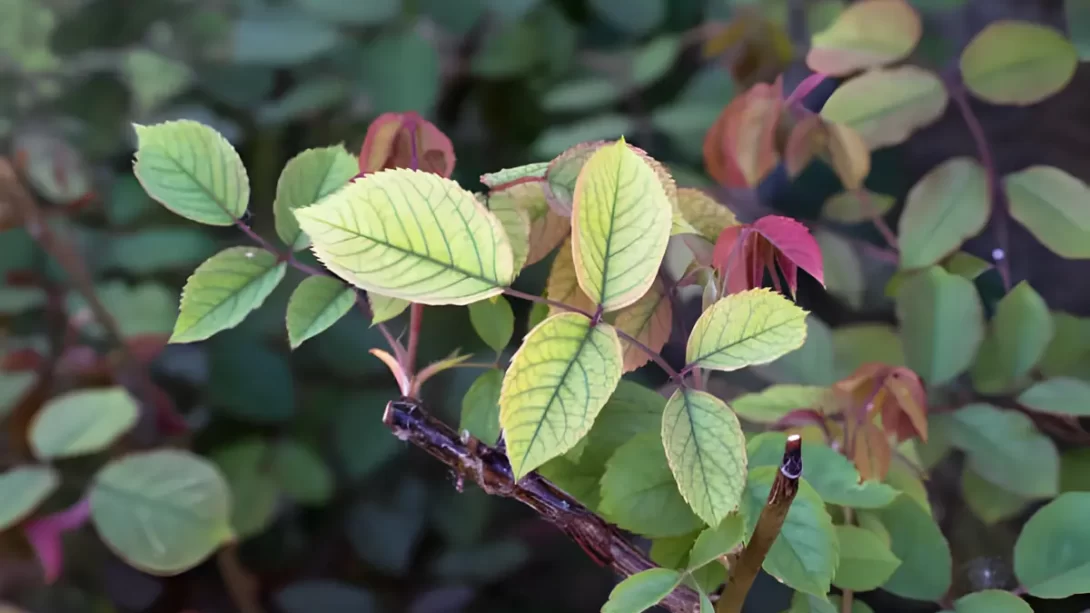Magnesium, often overlooked, is a crucial nutrient for plant health and vitality. It plays a central role in plant biology, particularly in photosynthesis, the process by which plants convert light into energy. While it shares importance with other essential nutrients like nitrogen and potassium, magnesium’s unique contributions are vital for optimal plant growth. This section will delve into the role of magnesium in plant health and highlight its significance in comparison to other nutrients.
Magnesium: A Key Plant Nutrient
Magnesium is a chemical element with significant roles in plant biology. Plants absorb magnesium from the soil through their roots, incorporating it into various biological processes. This nutrient is especially crucial for young, growing plants. A magnesium deficiency can lead to noticeable symptoms in plants, such as yellowing leaves and reduced growth. Understanding these symptoms is key to maintaining plant health.
Magnesium’s Role in Photosynthesis
Photosynthesis is the lifeblood of plants, and magnesium plays a starring role in this process. At the heart of every chlorophyll molecule, essential for capturing sunlight, lies a magnesium atom. This central position underscores magnesium’s importance in the photosynthesis process. Magnesium’s role in chlorophyll production directly impacts a plant’s ability to generate energy, influencing growth and vitality. Additionally, magnesium facilitates the transfer of energy during photosynthesis, further underscoring its critical role.
Magnesium and Plant Growth
Magnesium’s influence extends beyond photosynthesis, deeply affecting overall plant growth and development. It plays a key role in seed germination, an essential step in the life cycle of a plant. Magnesium is also involved in the development of fruits, contributing to their size, quality, and yield. Moreover, this nutrient is vital for maintaining the overall health and vigor of plants, supporting structural integrity and resistance to environmental stress.
Identifying and Treating Magnesium Deficiency
Recognizing magnesium deficiency is crucial for timely intervention. Typical signs include interveinal chlorosis (yellowing between leaf veins) and leaf curling. Advanced deficiency may lead to necrosis or death of leaf tissue. Factors contributing to magnesium deficiency include poor soil conditions, imbalanced soil pH, and competition with other nutrients. To treat magnesium deficiency, gardeners and farmers can apply magnesium-rich fertilizers or supplements like Epsom salt (magnesium sulfate). Regular soil testing and careful observation of plant health can prevent future deficiencies.
Magnesium in Soil: Availability and Management
Soil is the primary source of magnesium for plants. Certain soil types, especially sandy or heavily leached soils, are prone to magnesium deficiency. Conducting a soil test is the most reliable method to determine the magnesium content in the soil. Managing magnesium levels involves practices like applying magnesium-rich fertilizers or liming acidic soils, which can increase magnesium availability. Understanding the specific needs of your soil and plants is essential for effective magnesium management.
Magnesium’s Interaction with Other Nutrients
Magnesium doesn’t work in isolation; it interacts with other nutrients in complex ways. The balance of magnesium with calcium and potassium is particularly important. Excesses or deficiencies in any of these nutrients can affect magnesium uptake. For instance, an excess of potassium can lead to magnesium deficiency, as these two nutrients compete for uptake by plant roots. Addressing these nutrient imbalances is crucial for ensuring overall plant health.
Best Practices for Magnesium Management
Effective magnesium management involves several best practices. Regular soil testing is paramount to monitor magnesium levels. Fertilization should be tailored based on soil test results, ensuring that magnesium, along with other essential nutrients, is available in optimal quantities. In magnesium-deficient soils, applying magnesium sulfate (Epsom salt) or magnesium oxide can be beneficial. Organic matter, such as compost, can also help improve magnesium availability in the soil. Additionally, understanding the specific magnesium needs of different plants can guide appropriate fertilization strategies.
Conclusion
Magnesium is a cornerstone of plant health, integral to processes like photosynthesis and plant development. Its role in balancing other nutrients further highlights its importance. Recognizing signs of deficiency and understanding how to manage soil magnesium are critical for healthy plant growth. By prioritizing magnesium in nutrient management plans, gardeners and farmers can ensure robust and productive plants. As we continue to unravel the complexities of plant nutrition, the significance of magnesium remains a constant, vital for the greening of our gardens and landscapes.




